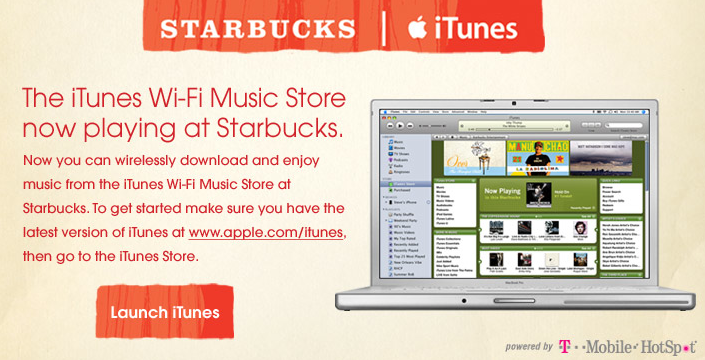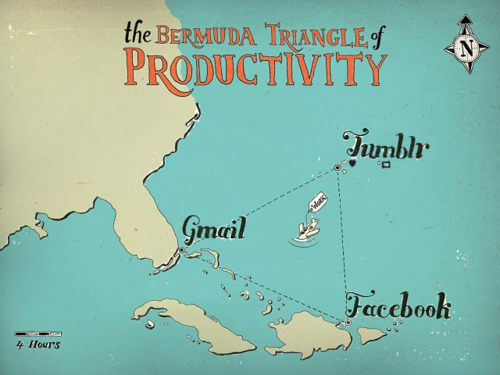The BusinessInsider published an article on why Facebook will never get old.
- You’re not going to go back to waiting an hour to send an email to 30 people with 40 photos. Attached.
- How will you remember anybody’s birthday?
- How will you stalk your college boyfriend’s new fiance?
- Without Facebook, what are you going to do when you don’t have a friend’s email address or phone number? Facebook messaging blows. But at least you know you can reach anybody with a Facebook account.
- Forget Facebook. 87 million of you are addicted to Zygna’s Facebook game, FameVille.
- It takes 2 seconds to “join” a new site through Facebook Connect. It can take a good 10 minutes doing it the old way.
- How will you hear about parties? How will you remember where and when those parties are? Evite?
- You don’t care about Facebook and Mark Zuckerberg’s sometimes sketchy past.
- Sure, Facebook has privacy issues, but you don’t care about privacy anymore. Remember when you wouldn’t use your real name on the internet?
- You’ve never quit before. Remember News Feed? Beacon? you didn’t quit then and won’t now, either. Not even if you want to.
Facebook has expanded throughout the world, and made itself too easy to use.
Product: Facebook around the world is essentially the same product. But it is because of this, that it isn’t allowed in certain countries (China, Egypt, Mauritius, Morocco, Iran, Syria, Vietnam). They will probably have to adapt their product strategy to figure out what they need to get into these countries. These regions (especially China) represent a significant untapped market.
Price: Who can argue with free? Facebook primarily funds itself with ads. With the online ad industry booming, and the ability for Facebook to drill down and specifically target users with personalized ads, this is a match made in heaven.
Distribution: Facebook is distributed through the internet. Even so, around 30% of the world’s population has access to internet. What about the rest of the 70%? Facebook should lobby countries to make “Access to Internet” a right, as it has been made in countries like Estonia, France, Finland, Greece, and Spain.
Communication: The extent that Facebook has done to be able to effectively communicate with its customers is to simply let their customers choose which language the site will be displayed in. More work needs to be done to get Facebook into untapped markets.










 from sfweekly.com
from sfweekly.com





